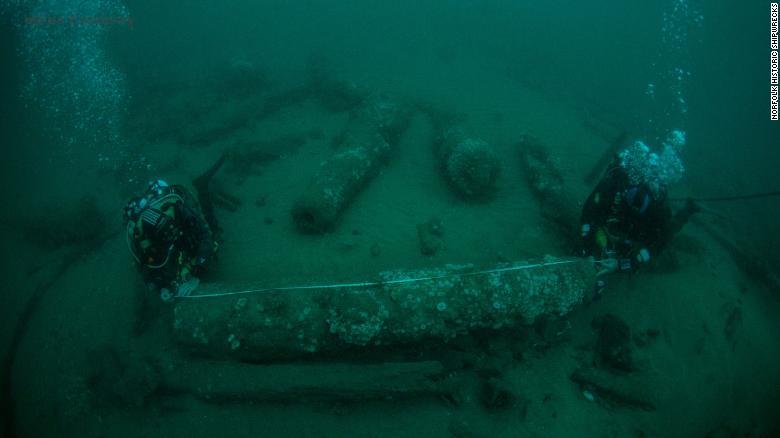A warship carrying about 330 people — including James Stuart, future King of England — ran aground and sank on May 6, 1682. Now the shipwreck’s location has finally been revealed off the coast of England 340 years later. CNN reported by
The Gloucester was first launched as a 50-gun warship in 1654, becoming a Royal Navy vessel in 1660. When it was time for the Duke of York to sail from England to Scotland to conduct royal business and fetch his daughter Anne and his very pregnant wife, Mary of Modena, in 1682, the Gloucester received the assignment. The Duke of York and his family would reside at the court of Charles II.

By 1682, Charles was getting older and had already suffered a stroke. Power was already transitioning to the Duke of York in some respects. Along for his voyage were prominent courtiers from England, Ireland, and Scotland.
On May 6 at 5:30 in the morning, the ship ran aground 27.9 miles (45 kilometers) off the coast of Great Yarmouth. The duke, a former lord high admiral of the Royal Navy, argued with the pilot for control over the ship’s course, and they quarreled about how best to navigate Norfolk’s notoriously treacherous sandbanks.
When the HMS Gloucester sank, it became half-buried in the seabed. There was no formal passenger manifest, but it’s estimated that 130 to 250 crew and passengers drowned.
Stuart, who would be crowned James II as King of England and King of Ireland and James VII as King of Scotland almost three years later, was nearly one of those casualties.
At the time of the calamity, the then-Duke of York was a Catholic heir to the Protestant throne during a time of both political and religious tension. His near-miss stands out in British history, as does the significant loss of life.
Artifacts have already been collected and conserved from the site, such as clothing, shoes, navigational and naval equipment, and lots of wine bottles — including some that remain unopened.

The ship’s bell, made in 1681, was recovered from the wreck. The Receiver of Wreck and Ministry of Defence used the bell to identify the wreck as that of the Gloucester in 2012.















